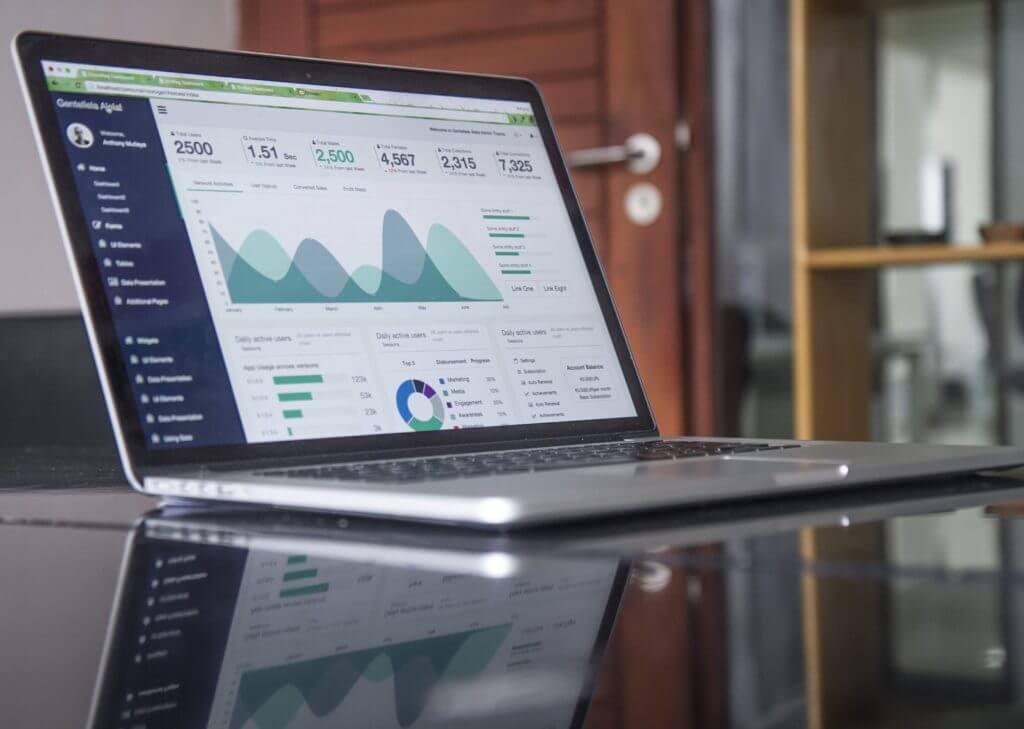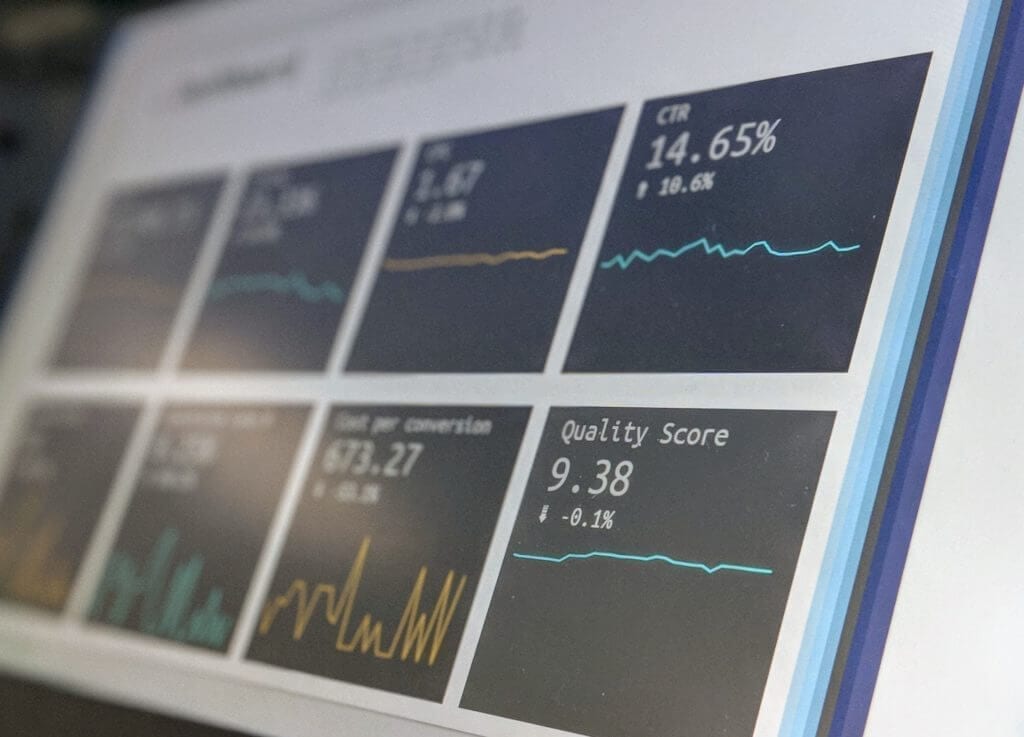Modern businesses increasingly rely on data to succeed, taking on the “data-centric” tag. As large amounts of data allows companies and their products evolve quickly efficiently to address the demands of customers, the trend will continue to strengthen.
Hence, we created a brief guide about the types of data analysis that explains the 4 types of data analytics, what purpose they serve, and what technology and type of talent they rely on. The guide is also supplied with examples of data analytics from across industries for additional context.
Let’s start exploring the types of analytics below.
Descriptive Analytics
What is descriptive analytics: a preparatory stage in data processing that summarises data from past periods to provide insights and prepare the gathered data for future analysis.
Descriptive Analytics Examples
For instance, a hotel chain would use descriptive analytics to determine the level of demand for new VIP suites in a hotel. Similarly, an insurance company can use descriptive data analytics to see what services are the most popular in a given season, while an online retailer can find out the least popular products from new arrivals.
Descriptive Analysis Steps
- Determine business metrics against set goals and establish KPIs to monitor progress
- Gather and prepare the data. When you finished gathering the right data from the enterprise systems, you need to use descriptive analytics techniques to prepare it (for example, deduplication — eliminating duplicate copies of repeating data)
- Dedicated experts (data analytics, Business Intelligence experts) perform the analysis of the prepared data
- Visualization/Presentation. The data is displayed to shareholders in various charts, graphs, narratives, or tables

Diagnostic Analytics
What is diagnostic analytics: a stage where the information gathered during descriptive analysis is compared against other metrics to find out why something happened.
Finding Anomalies with Diagnostic Analysis
Diagnostic analysis allows companies to identify anomalies, for examples sudden spikes in sales on a given day or torrential changes in website traffic. Here, data analysts need to single out the right data sets to help them explain the anomaly. Searching for the answer often involves drawing information from external sources. When the needed data is on the table, the analysts establish causal relationships and use different types of data analytics (probability theory, regression analysis, filtering, and other) to find the answer.
Diagnostic Analytics Examples
With diagnostic analytics, a hotel chain would compare the demand for VIP suites in different regions or hotels in a region, while the insurance company would, for example, get insights into what age group uses dental treatment the most in the target area. Meanwhile, an online retail store might use diagnostic analytics to discern what regions ordered a particular product from new arrivals more.

Predictive Analytics
What is predictive analytics: a data analysis type that allows companies to forecast problems that might occur in future or a trend and how would be unfolding.
Predictive Analytics Examples
With this type of analysis, a hotel could predict how much a new promising guest service would bring in revenue in a given region. A retailer could use in-depth data on their customers and other metrics to forecast a reaction on a new store type.
Predictive analysis involves advanced tools and technologies and should be based on a big amount of solid data (internal and external) to yield a reliable result. Importantly, achieving an effective forecast depends on a wide array of factors, including the level of volatility of the situation. Predictive analytics also require continuous involvement from the data science team.
Predictive Analytics Techniques
- Statistical analysis
- Neural networks
- Machine learning
- Data mining
Today, predictive data analytics heavily rely on technologies like machine learning, as they can process large data sets quickly. Still, for the analysis to succeed, data science teams and software developers need to create predictive data algorithms for the business goal in question. This requires collaboration with key stakeholders and business analysts. Once again, the quality of the data for the analysis is critically important.
Prescriptive Analytics
What is prescriptive analytics: a data analysis type that uses advanced technology heavily to find the best solution based on data provided from predictive analytics. Thus, prescriptive analytics would determine what a company could do with a problem or trend foreseen by predictive analytics. Like predictive analytics, prescriptive analysis needs its own business logic and algorithms. As for prescriptive analytics techniques, machine learning is one of the most common.
Prescriptive Analytics Examples
From one side, prescriptive analytics techniques can be used to gain highly rich insights in customer behaviour across industries. On the other, machine learning algorithms can be trained to analyse stocks markets and automate human decision making by presenting decisions based on large amounts internal and external data. In any case, prescriptive analytics are a costly investment: the investors need to be confident that the analysis yields substantial benefits.
Types of Data Analytics — Conclusion
Information is one of the most valuable business assets of today. Various types of data analytics allow businesses to improve their operations and customer experiences, providing insights and a clearer picture on the business in general. Relying on extensive experience of top management and their employees, modern companies would mostly rely on descriptive and diagnostic analytics to aid human decision making in the following. Still, as the role of data only grows and the analysis tools evolve, companies that want to be ahead of competition will also use predictive and prescriptive analytics to stay ahead and automate a number of operations.
